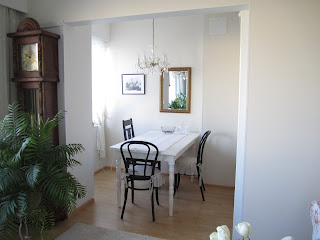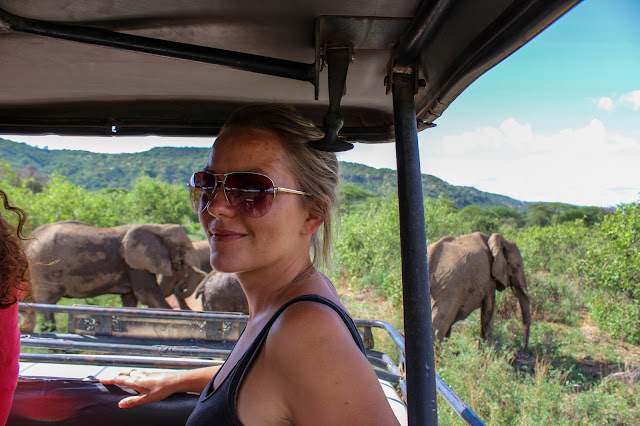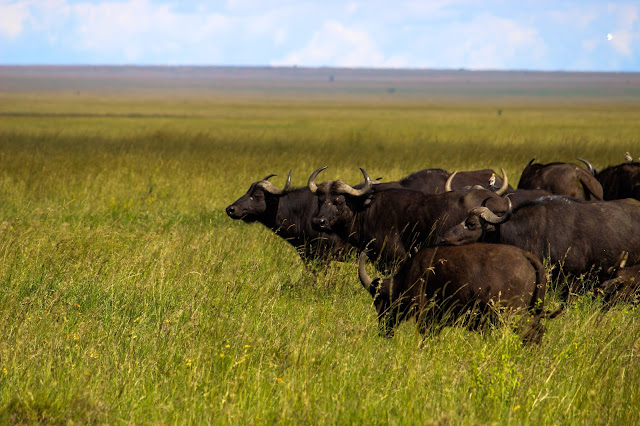 |
| Midnight sun |
I know I
said that we were finished with our blog posting, but this post is dedicated to
Papa Martti, arguably our most dedicated blog reader. For those of you, that haven’t
had the pleasure of an introduction, Papa Martti is Juho’s grandfather ( on his
father’s side), and gets the prize for most dedicated blog fan, because not
only did he painstakingly translated each post from English to Finnish,
but he even went to a computer class to learn how to do this.
We arrived
in Finland, refreshed and revitalized after 2 weeks bumming around the Mediterranean
in Turkey. Anni, Juho’s sister, picked us up from the airport and we spent our
first Finnish summer day playing mini golf in the sun. In Finland the days stretch
on forever, they are at their shortest in the south, but still it never gets
completely dark, the summer sun merely fades into twilight.
 |
| Our new home |
After a
night of delicious food and fine whisky, we headed north towards our new home
of Turku. Juho’s beautiful mum, Paula met us at the bus station, a touching
reunion, having not seen each other for 2 years. We went straight to our new
apartment, which by the way is absolutely gorgeous, light, spacious and right
in the heart of Turku. My favorite feature would have to be the grandfather
clock, built by Juho’s other grandfather, Valter Papa.
We spent a
week enjoying our new city, and the novelty of having a real home, before
heading north to Raahe, Juho’s hometown.
Watching the Finnish countryside go by, I was struck by how delightfully
beautiful Finland is in summertime. It appears like something out of a
storybook, all green fields, dotted with wildflowers, and wooden cottages nestled
in between thick forests.
In Raahe,
live Juho’s father, Perrti, who lived up to Juho’s description as a “very
reasonable man”, and Juho’s youngest sister Eeva, or Pikku Myy, as she is
affectionately called ( Moomins anyone?)
As a lower
southern hemisphere dweller, I was completely disorientated by the fact that it
NEVER gets dark here! As in, it is SUNNY at nighttime!!!!!!! Around midnight
there is some pink in the sky as the sun “sets”, but it is still completely
bright, the sun then “rises” ( like some naughty child who never goes to sleep)
at around 2am. It is the strangest thing. On the Friday eve of the infamous
Raahe festival, Juho, his mates and I, cycled into town around midnight to
check out the festivities.
We jumped
in his friend’s boat and headed out to some islands, the sun was either
setting or rising by this time, casting a pink glow across the water. In
Finland there are these magnificent archipelagos, some have summer cottages on
them, and some simply a lighthouse. We chose to explore the furthest one, which
had a lighthouse and a wooden hut, complete with fireplace. Anybody can come
here, you can sleep the night, and in Winter time you can ski here over the
frozen ocean!
 |
| Juho of Turku |
Juho had planned
our arrival in Finland to coincide with Midsummer, the biggest yearly event in
Finland. Midsummer or summer solstice (winter solstice downunder) is the time
when friends and family head to summer cottages to eat, drink and sauna. Have I
mentioned how crazy the Finns are about Saunas? Every house, many apartments
and all summer cottages MUST have a sauna.
There are public saunas at the beach, saunas in workplaces, restaurant
saunas, saunas at the bank ( nah just kidding about the last two!) During
parties, people sauna all night, in and out of the sauna, and did I mention
that all of this is done NAKED? To be fair, at parties there are usually woman
and men saunas, or sauna times. During midsummer the Finns take this sauna
activity to a new level, and beat each other with branches (what the?!) I got
off with a light midsummer tapping with the branches, but Juho’s back was
covered in lashes.
So here we
are in Finland, Juho working crazy hours down some gold mine-He worked 7 days
this week, 12 hour days, except Sunday when he went to work at 6:30 am and came
home at 5:30 am the next day!!!! Madness I tell you! I on the other hand have
been spending my days dabbling in some Finnish study (my Finnish is still
woeful, but I can read and understand a bit-the next step will be actual words
out of my mouth). I start Summer school soon, and then my Masters, which is all
quite exciting and terrifying, but I feel very blessed to have the opportunity
to study within the best education system in the world, for free! Most
importantly I feel very blessed to finally see where Juho comes from, meet his
family ( all as lovely as he), and have some insight into what it means to be a
Finn.
 |
| Good old Noo Noo |
 |
| Races with Juho's cousins |
.JPG)
.JPG)
.JPG)
.JPG)
.JPG)
.JPG)
.JPG)
.JPG)
.JPG)
.JPG)
.JPG)
.JPG)
.JPG)
.JPG)
.JPG)
.JPG)
.JPG)
.JPG)



























